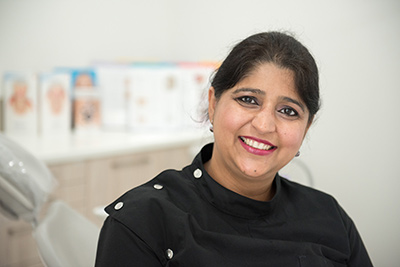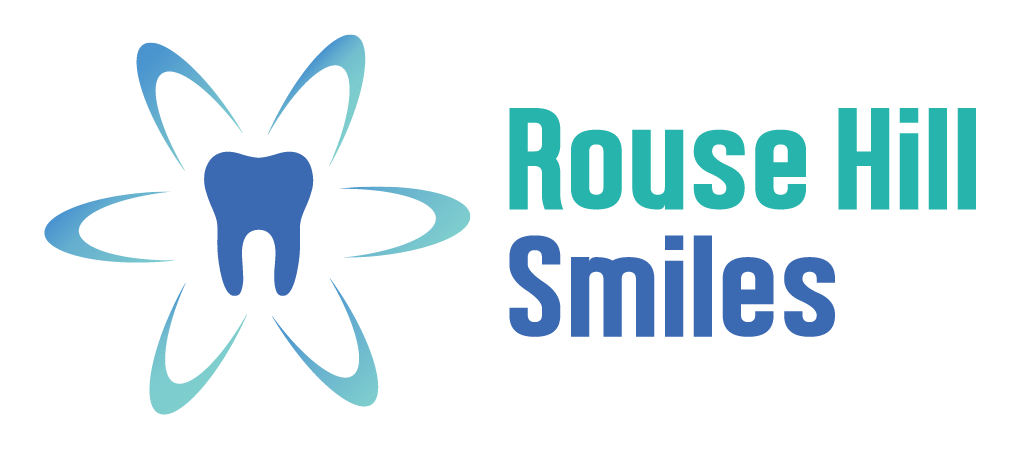Toothpaste is a Key Part of Daily Oral Hygiene Routine
Toothpaste is a key part of daily oral hygiene routine. Everyday billions of people use toothpaste in their daily life which has color, flavor, sparkles, whiteners, and more.
While the formulations of toothpaste have evolved considerably over time, many of us do not know that oral hygiene was a top priority for early civilizations thousands of years ago.
Let us ride on a fantastic voyage of history of toothpaste throughout the millennia.
Many people think that invention of toothpaste is a modern invention. However, it was around 5000 BC, when Egyptians started to use a paste like substance made of oxen hooves, myrrh, burnt eggshells in addition with pumice. This resulted in lots of gum bleeding. These ancient toothpastes were used in keeping teeth and gums clean, whitening of teeth and the freshening of breath.
As our ancestors wised up, different cultures whisked various mixtures for cleaning their teeth. Greeks and the Romans preferred an abrasive kind of toothpaste that contained crushed bones and oyster shells, powdered charcoal, and bark. Herbs, like peppermint, were added for the benefit of adding flavor and fresh smelling breath.
China and India started to use toothpaste as early as 500 BC. While the tradition of toothpaste in India was hinged to Ayurveda medicine, Chinese civilizations used a variety of substances in their toothpastes including ginseng, herbal mints, and salt.
It wasn’t until the 1800s, that people began to use what we consider a modern toothpaste.
Recipes of tooth powder and pastes that includes abrasives like charcoal, chalk, burnt bread and soap were popular until 1850s. The first known pasty product introduced during that time by Colgate was Creme Dentrifice, available in a glass jar and later on packed in a collapsible tube.
Fluoride was added to toothpastes during the first world war, after discovering it significantly decreases dental cavities.
In the latter half of nineteenth century, herbal toothpastes having ingredients as peppermint oil, myrrh and plant extracts, were introduced as an alternative for cleaning teeth without fluorides.
Edible toothpastes were invented for astronauts to avoid spitting in the zero gravity atmosphere but they were also used by children who have just started learning to brush their teeth.
Our toothpaste choices today are overwhelming. There’s something for everyone in the toothpaste aisle. So, the next time if your kids complain about brushing their teeth, remind them of toothpaste’s humble beginnings. At least they don’t have to brush with burnt bread!
Our Principal Dentist
Dr Teena and the Rouse Hill Smiles team are dedicated to providing patients of all ages with the highest quality of care.

Dr Teena Bali
Dentist
Quick Contacts
- Rouse Hill Plaza G07-G08, 2-4 Aberdour Avenue Rouse Hill, NSW 2155
- enquiries@rousehillsmilesdentalcare.com.au
- (02) 8320 0548







